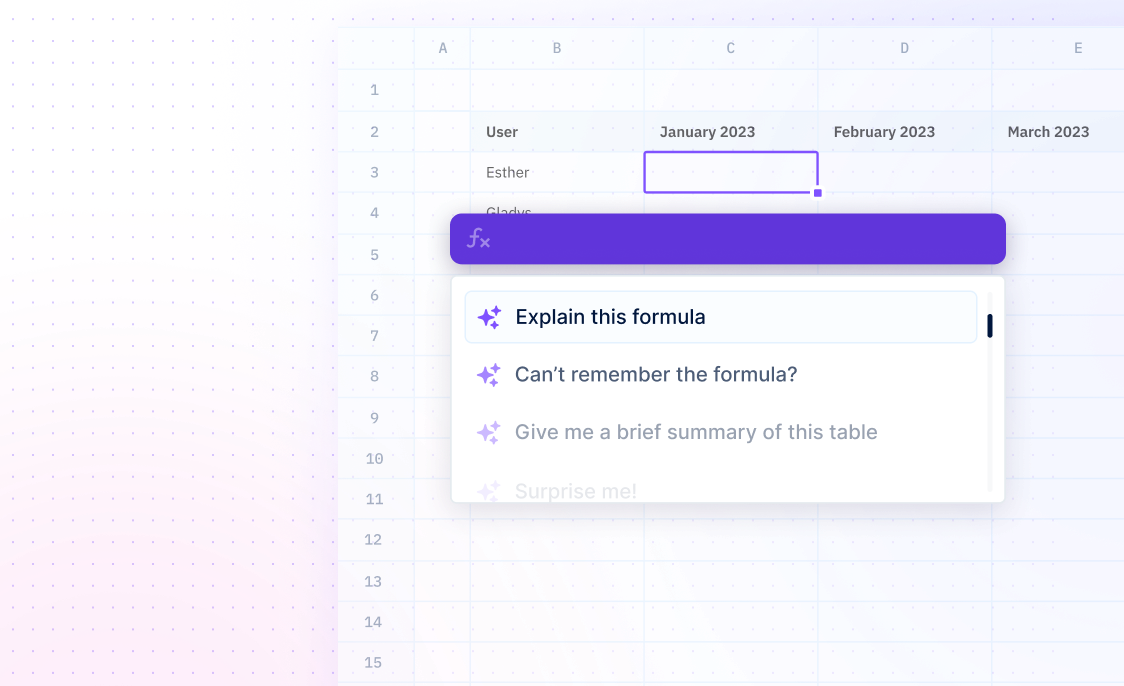
DDB
Formulas / DDBCalculate depreciation of an asset.
=DDB(cost, salvage, life, period, [factor])
- Cost - required
- Salvage - required
- Life - required
- Period - required
- Factor - required
Examples
=DDB(A2,A3,A4*365,1)The DDB function can be used to calculate the first day's depreciation using the double-declining balance method. This means that the formula will use the values in cells A2, A3 and A4 multiplied by 365 to calculate the first day's depreciation.
=DDB(A2,A3,A4,1,2)The DDB function can also be used to calculate the depreciation for year one. This means that the formula will use the values in cells A2, A3 and A4, along with the value 1, to calculate the depreciation for year one.
=DDB(A2,A3,A4,2,1.5)The DDB function can also be used to calculate the second year's depreciation using a factor of 1.5 instead of the double-declining balance method. This means that the formula will use the values in cells A2, A3 and A4, along with the value 2 and a factor of 1.5, to calculate the second year's depreciation.
Summary
The DDB function calculates depreciation for an asset and requires the cost, salvage, life, period, and factor arguments. The life and period arguments must use the same units and all arguments must be positive numbers.
- The DDB function uses the MIN formula to calculate depreciation in a given period.
- The factor argument of the DDB function can be changed to use a different method of calculating depreciation.
Frequently Asked Questions
What is the DDB Function?
What are the parameters of the DDB Function?
- Cost of the asset
- Salvage value of the asset
- Life of the asset
- Period
- Factor


